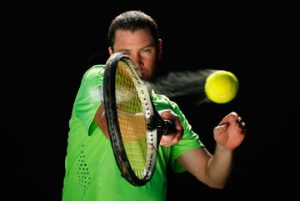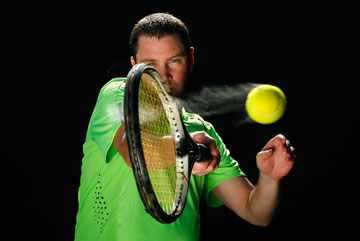
If you hear parents talking about how their child isn’t “athletic” or good at sports, it makes sense to schedule an appointment with Vision for Life. A child’s sports performance can indeed be a good indicator of his or her vision health. We can assess all areas of vision, going beyond what a basic eye exam is able to do. Some problems are easily remedied whereas others can be more complicated and may require further treatment.
Why is Vision for Life testing different? Having eyesight vision does not mean a child has good visual skills for competing in sports. It means your child can stand still and see an object clearly 20 feet away. In baseball for example, it does not see where a ball is in space, how fast it’s traveling, or whether it’s changing direction. Eyesight vision does not help a child hit a ball when pitched, catch a pass to them on third base, or move their feet to the right place.
Some vision problems that can influence your child’s sports performance includes focusing issues, convergence deficiencies, lazy eye, misaligned eyes, suppressed vision, poor eye teaming, vision field loss, and more.
Parents can watch for the warning signs below when trying to determine if their child has a vision problem:
- Poor timing of motor actions
- Inaccurate throws, catches, swings
- Striking out frequently, swinging too late or too early
- Running for a football, soccer or tennis ball but not connecting
- Poor basketball shooting, often not even hitting rim
- Regularly missing the net (in hockey or soccer)
- Fouls or collisions because of bad timing or poor depth perception
- Trouble riding or balancing a bicycle or skateboard
- Poor coordination in gymnastics
- Inconsistent performances, effort without results
- Awkward movement, poor coordination and balance
Vision is a learned skill, which means it can be enhanced and improved. This is great news for sports competition, education and learning. At Vision for Life, we can evaluate, diagnose and provide training so that your child is successful in school as well as the sports that they love. With our help, the vision you are born with is NOT the vision you have to live with!
Following evaluation and diagnosis, we have many options to offer. Glasses can be used to enhance sports vision, as well as the use of colored light therapy and vision therapy to improve vision. The Vision for Life therapy programs include drills which focus on hand-eye coordination, balance and concentration, while at the same time training the brain, eyes and muscles to work together for optimal sports performance.
Because vision therapy has proved beneficial, many professional athletic teams are hiring vision therapists to work with their athletes for evaluation of their vision and training regimens to enhance it. Vision training programs are being incorporated into sports team training along with weightlifting, diet, and practices. Vision training combined with hard work and athletic competency can help an athlete reach his full potential.
Here are some general visual skills we can improve with vision therapy:
Depth Perception – Judges the speed and distance between yourself and the ball or another person or boundary.
Peripheral Awareness – Seeing a person or object out of the corner of your eye.
Visualization – Visualize “making the catch” or “hitting the ball” can trick the brain into thinking it’s real.
Visual Memory – Fast decision-making based on visually remembering formations, patterns and practice strategies.
Visual Concentration – Avoid distractions by movement from people or objects not in the game.
Balance – The eyes must send proper information to the brain to create steady, fluid movement.
Dynamic Visual Acuity – Seeing moving objects clearly, such as a fast pitch or a tennis serve.
Fusion Flexibility and Stamina – Keep both eyes working together even under high speed and stress.
Hand-Eye-Body Coordination – Timing and control depend on how well your hands, feet, body and other muscles respond to information from the eyes.
Eye Tracking – Literally “keep your eye on the ball” – wherever it may be on the field or the court.
Focus Flexibility – Changing focus from far to near.
Visual Reaction Time – The speed at which your brain interprets an opponent’s action or ball movement and reacts to it.
Improving sports vision skills is obtainable with Vision for Life. We work with children,teens and adults, offering tools that can be life-changing. Please give us a call for more information or to schedule a vision evaluation at (618) 288-1489 or visit our website at https://visionforlifeworks.com/.
